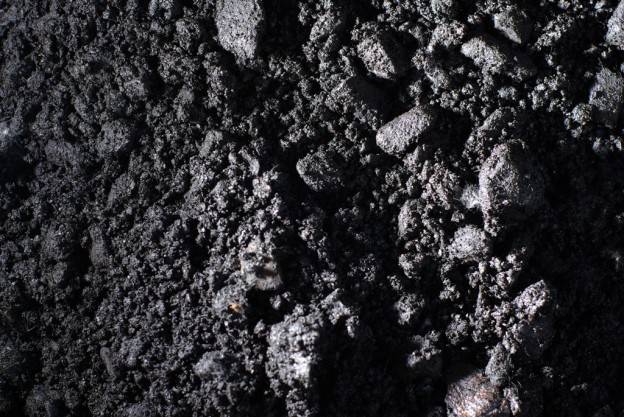
Bitumen Emulsion Production Technology. Emulsion facilities consist of energy, process and auxiliary equipment required for emulsion production. Depending on the objectives, the facilities may be stationary or temporary.
The main feature of stationary facilities is the capability to serve several automobile roads within a region. Emulsion from such facilities is delivered to customers by automobile sprayers, tankers or by railroad.
Emulsion facilities usually include:
- means of raw material acceptance and storage;
- heating sources to maintain raw material temperature;
- piping systems and pumps;
- bitumen-emulsion plants;
- emulsion storage tanks;
- means of emulsion output to tankers;
- weighing scales;
- facility controls and quality control equipment.
Bitumen emulsion production technology
Bitumen emulsion is a dispersed system of bitumen and water. Bitumen is dispersed in water by special devices, known as dispersers (homogenizers). Bitumen emulsions are usually made using a colloid mill, although other dispersion devices are possible.
Emulsification involves the break-up of the bitumen into droplets. This process is opposed by the internal cohesion and viscosity of the bitumen and the surface tension which resists the creation of new interface.
First, bitumen is pulverized into small droplets. Droplets also have a tendency to coalesce (rejoin). To achieve a small particle size in the emulsion, it is necessary not only to apply mechanical energy in the right way in order to create small drops, but also to prevent their coalescence once formed. Under the forces is the stream, the large spherical droplets become cylindrical. There are critical ratios of length to diameter, when the droplets break into a smaller and a larger droplets. The process is cyclic and can continue until larger droplets are as small as the smaller ones, that is, 0.01 micron.
To prevent bitumen droplets coagulation, an emulsifier is used. It is a surfactant, concentrated in the phase boundary between water and bitumen.
Emulsifier molecules become a protective layer which prevents adhesion of bitumen droplets. This layer may also include water molecules.
Cationic Bitumen Emulsion Production Technology includes the following consecutive stages:
- preparation of bitumen, including its delivery from storage, heating to the required temperature and, if necessary, dehydration;
- production of emulsifier water solution;
- production of bitumen emulsion by mixing emulsifier solution and bitumen;
- storage of the product and offloading into tanks.
Another important thing to ensure in Bitumen Emulsion Production Technology is generation of enough heat to heat and maintain the temperature of bitumen emulsion components.









